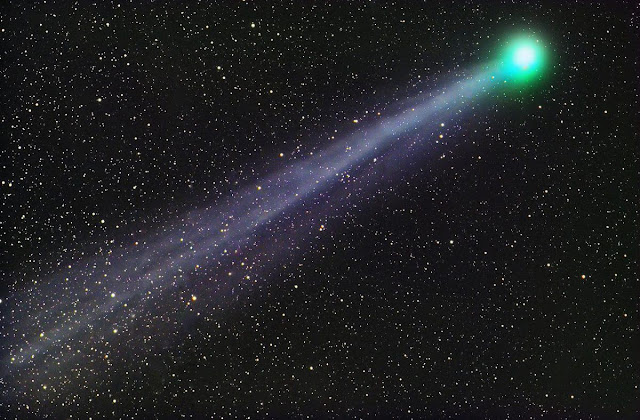Scientists Found Huge object, Farther away than anything else found in Universe

Scientists have seen some of the oldest material in the universe. According to a new, yet-to-be-peer-reviewed study , researchers found an unidentified object nearly 13.5 billion light years away. That’s almost the age of the universe itself, Live Science points out , meaning the object, dubbed HD1 and which is likely a particularly distant galaxy, represents some of the most ancient stuff out there. Dr. Avi Loeb , the same Harvard professor who set out to capture high-res footage of UFOs, worked on the study and told Live Science that the object could reveal a lot about early-universe objects and events. “The first galaxies formed about a hundred million years after the Big Bang,” Loeb told the site. “They were a millionth of the mass of the Milky Way and much denser. One way to think of them is as the building blocks in the construction project of present-day galaxies, like our own Milky Way.” Big Mystery The scientists aren’t quite ready to say exactly what the object is, how old






.jpg)





.jpg)